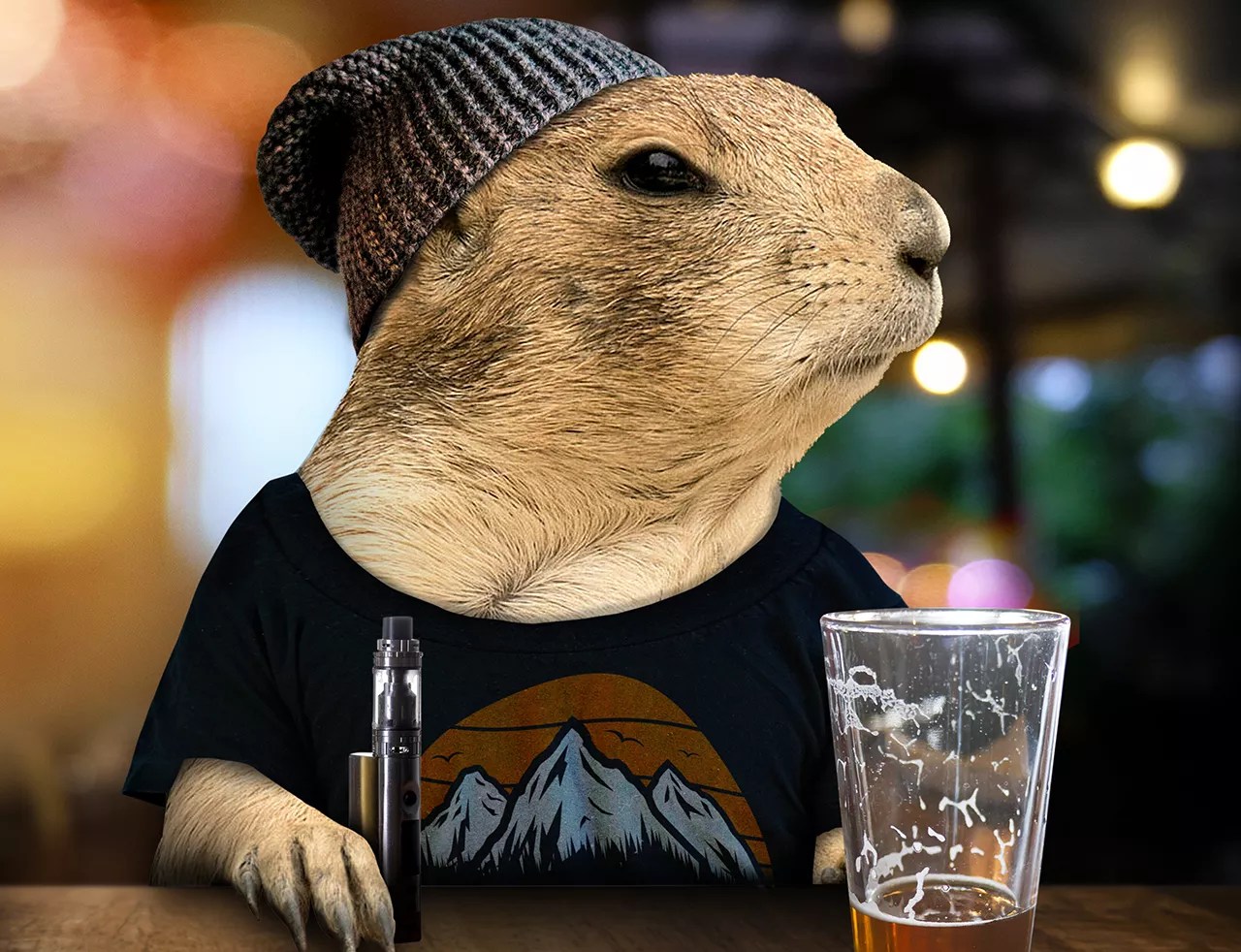
Photos by Getty Images; photo illustration by Jay Vollmar

Audio By Carbonatix
This is the Year of the Rat, in more ways than one. Even before the Chinese New Year began, rats were the talk of this town, after Denver officials said they’d be dispersing a homeless encampment near the State Capitol because rats in the park had created a public-health crisis.
But while rats have grabbed recent headlines, they’re not the only urban animals that have been in the news lately.
Last year, stories about geese really took off after the Denver Department of Parks and Recreation put out a hit on the birds. In other years, Denver residents have fretted over rabid skunks, or pesky pigeons.
Here’s an overview of our urban zoo:
Will you step up to support Westword this year?
At Westword, we’re small and scrappy — and we make the most of every dollar from our supporters. Right now, we’re $21,000 away from reaching our December 31 goal of $50,000. If you’ve ever learned something new, stayed informed, or felt more connected because of Westword, now’s the time to give back.
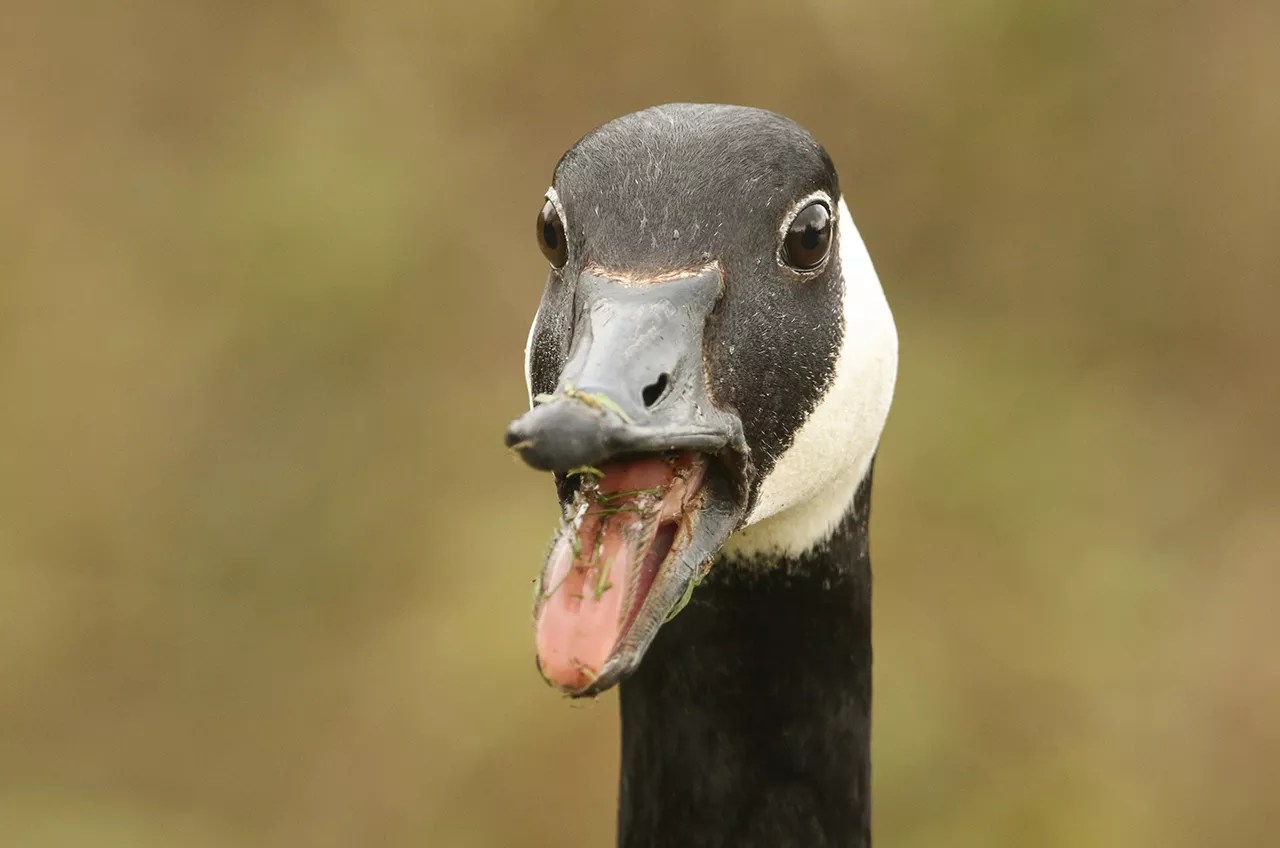
Getty Images
Geese
They may be transplants, but Denver residents still rallied around the Canadian geese that now call Denver home just about year-round.
Last summer, Denver’s Parks and Recreation department initiated a goose-culling operation, rounding up geese in Denver’s parks, particularly Washington Park, and sending 1,662 of them off to be offed. Some of the goose meat was later donated to feed hungry families.
The city’s program, which was managed in coordination with the U.S. Department of Agriculture, was very controversial, with many residents suggesting (loudly) that Denver’s goose population – and the excrement it produced – could be managed without killing the birds. And the controversy hasn’t died down.
Goose advocates gathered on January 29 at the University of Denver for a forum on culling, and what can be done to stop it.
“We’re going to continue to educate and inform people and let them know that more killing is coming and the specific areas and parks that are likely to be hit,” says Courtney DeWinter of Canada Geese Protection Colorado, a group started in response to last year’s geese culling.
Colorado’s First Gentleman, Marlon Reis, even came out for the event. “I think one of the most important things we can do as community members is give a voice to animals that don’t have a voice for themselves and to foster a community that strives for non-lethal solutions to human-animal conflicts,” he said.
While the lethal method for dealing with the city’s goose population grabs headlines, Denver also employs other, non-lethal tactics for managing geese.
The city owns a device called the Goosinator, a remote-controlled machine painted to look like a fierce predator.
The Goosinator is used to shoo geese away from parks and golf courses in what’s known as “hazing.” The Goosinator “makes a noise that is undesirable to geese and chases the geese away from turf, water, snow and ice,” reports the Parks and Recreation website. But the city simply doesn’t have enough Goosinators, or Goosinator operators, to keep a handle on all the geese.
Denver has not yet announced whether it will try another culling operation this year.
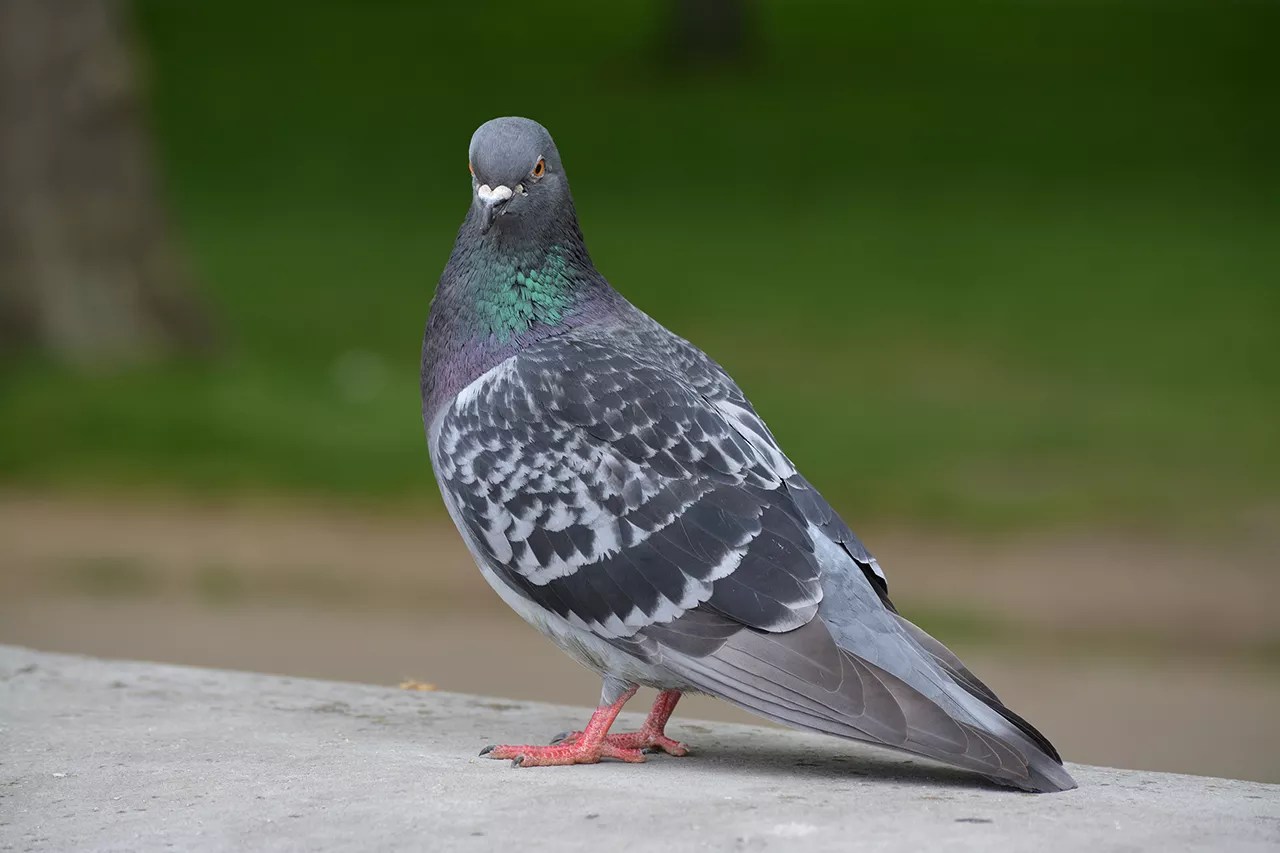
Getty Images
Pigeons
Denver is home to a wide array of different birds. But while even geese have their fans, few are fond of pigeons, which are frequently referred to as “rats with wings.” Even so, pigeons are sometimes available for adoption at the Denver Animal Shelter and other bird sanctuaries.
One of the reasons that pigeons have such a bad reputation is that they like to poop. In fact, soon after Denver International Airport opened, pigeons swooping under the terminal’s tent roof and in the garage were making so many unwanted deposits that airport staffers gave them what they called “pigeon LSD” – corn soaked in the drug Avitrol. The goal was to confuse the pigeons so that they’d fly away and be too confused to return, protecting cars from the defecating birds.
“But [the pigeon LSD] has made some forget how to fly. About 100 pigeons have crashed and died,” the AP reported at the time.
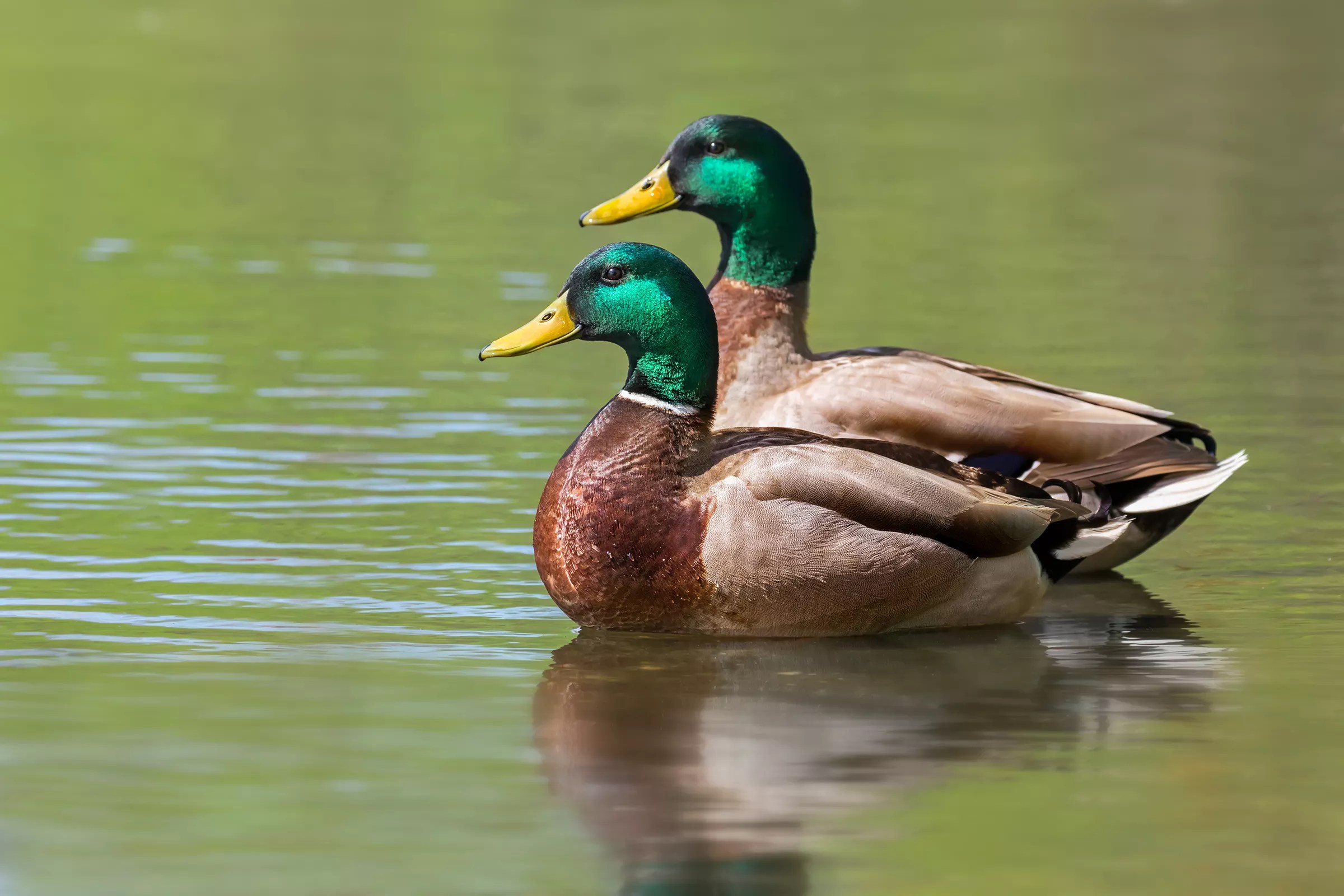
Getty Images
Ducks
Yes, ducks are super-cute. They live in parks, streams and other scenic spots around Denver. Unlike geese, the Denver Department of Parks and Recreation hasn’t put out a hit on ducks, so they generally live drama-free lives. While Denver Animal Protection frequently gets calls about baby ducks being abandoned by their mothers, there’s an easy fix. “An unknown fact about ducks: If you find another mother duck that has babies, she will accept them as a surrogate,” says Dan Ettinger, a Denver Animal Protection officer. “We can relocate them there, and the surrogate will take them.”
Yes, super-cute.
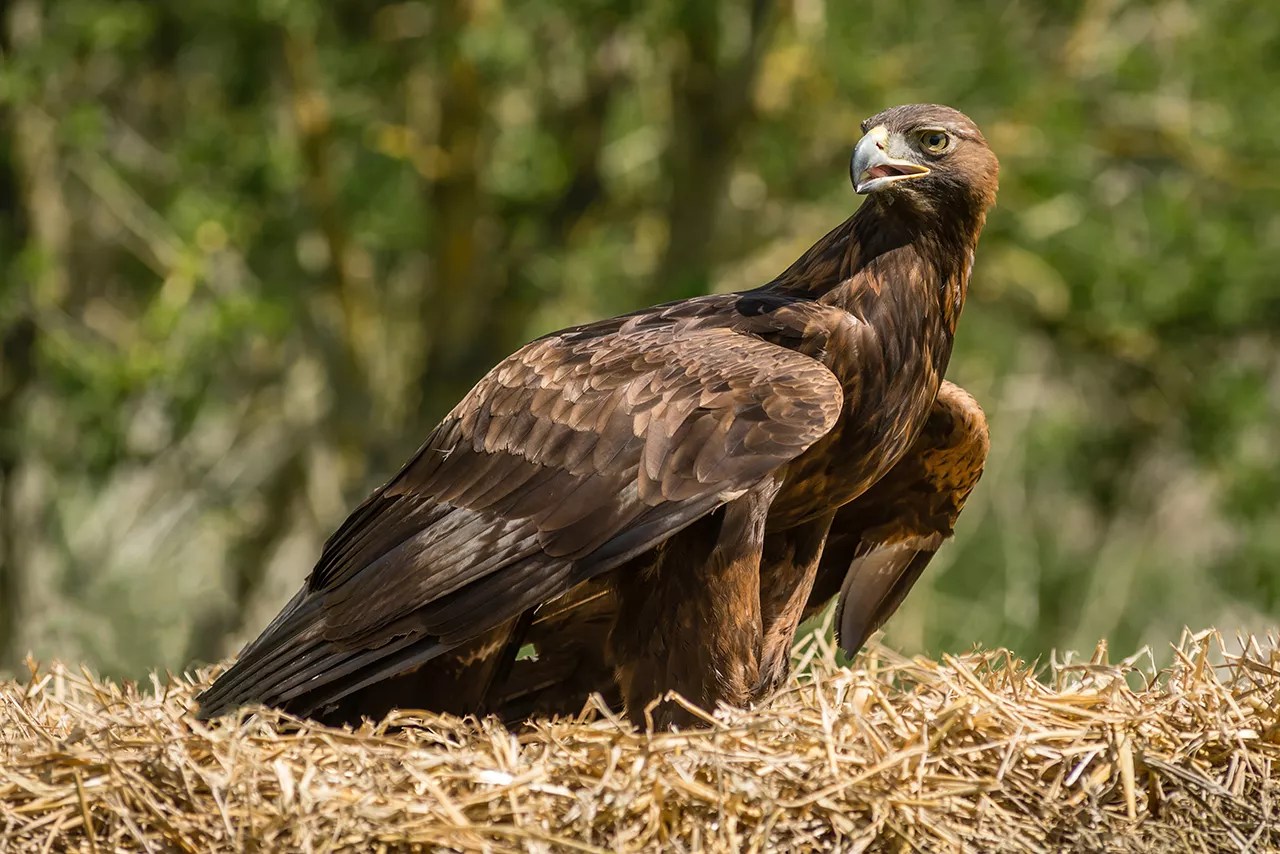
Getty Images
Other Birds
According to Ettinger, people often think that a bird is injured when it’s actually just learning to fly. About three-quarters of the callers alerting Denver Animal Protection about allegedly injured birds are simply people confused about fledglings. “Birds learn how to fly from the ground up,” he explains. “They are grounded for approximately a week at a time.” Despite still being relatively young, they also look fully grown, adding to the confusion.
“What I try to tell people is, ‘Leave it alone, leave it by a tree,'” Ettinger says. “Most of the time people will say, ‘Oh, I don’t think you’re right.’ People want the animal to be injured versus accepting the fact that they’re just a fledgling.”
If a bird is clearly injured, though, he advises calling Denver Animal Protection so that it can be impounded and euthanized.
The only injured birds that will escape the death penalty are birds of prey, such as hawks, eagles and falcons. Denver Animal Protection will take those birds to rehab centers so that they can be nursed back to health.
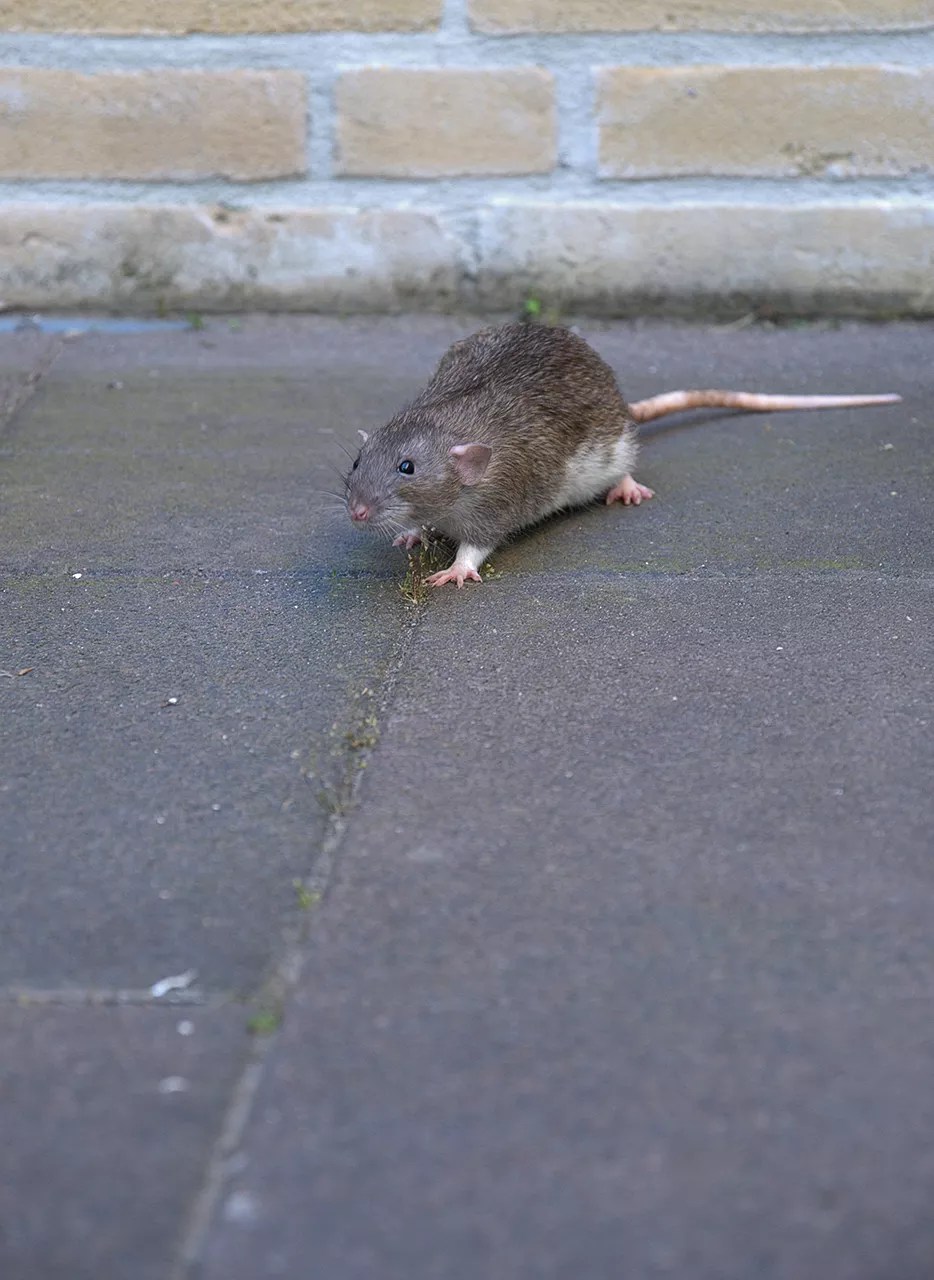
Getty Images
Rats
In January, Denver officials warned of a rat infestation in Lincoln Park, a plot of state land outside the Capitol on Lincoln Street, explaining that was why it had moved a homeless encampment set up on the outskirts of the park. In the aftermath of the sweep, the word “rat” was seen and heard often in the media. Some of those who’d been living at the encampment even complained that the public was starting to view them as “dirty rat people.”
State officials have contracted with an exterminator – emphasis on exterminate – to solve the rodent problem.
“I don’t anticipate them wanting to relocate rats, but again, we’re waiting for the pros to tell us all the necessary steps,” says Doug Platt, a spokesperson for the Colorado Department of Personnel and Administration, which is addressing the problem.
The Denver Department of Parks and Recreation also whacks rats whenever they start to infest a park.
“Rats are not considered ‘wildlife’ and fall under ‘pests,'” says Cindy Karvaski, a spokesperson for the department. “Yes, DPR does manage rats in city parks working with a pest-control agency.”
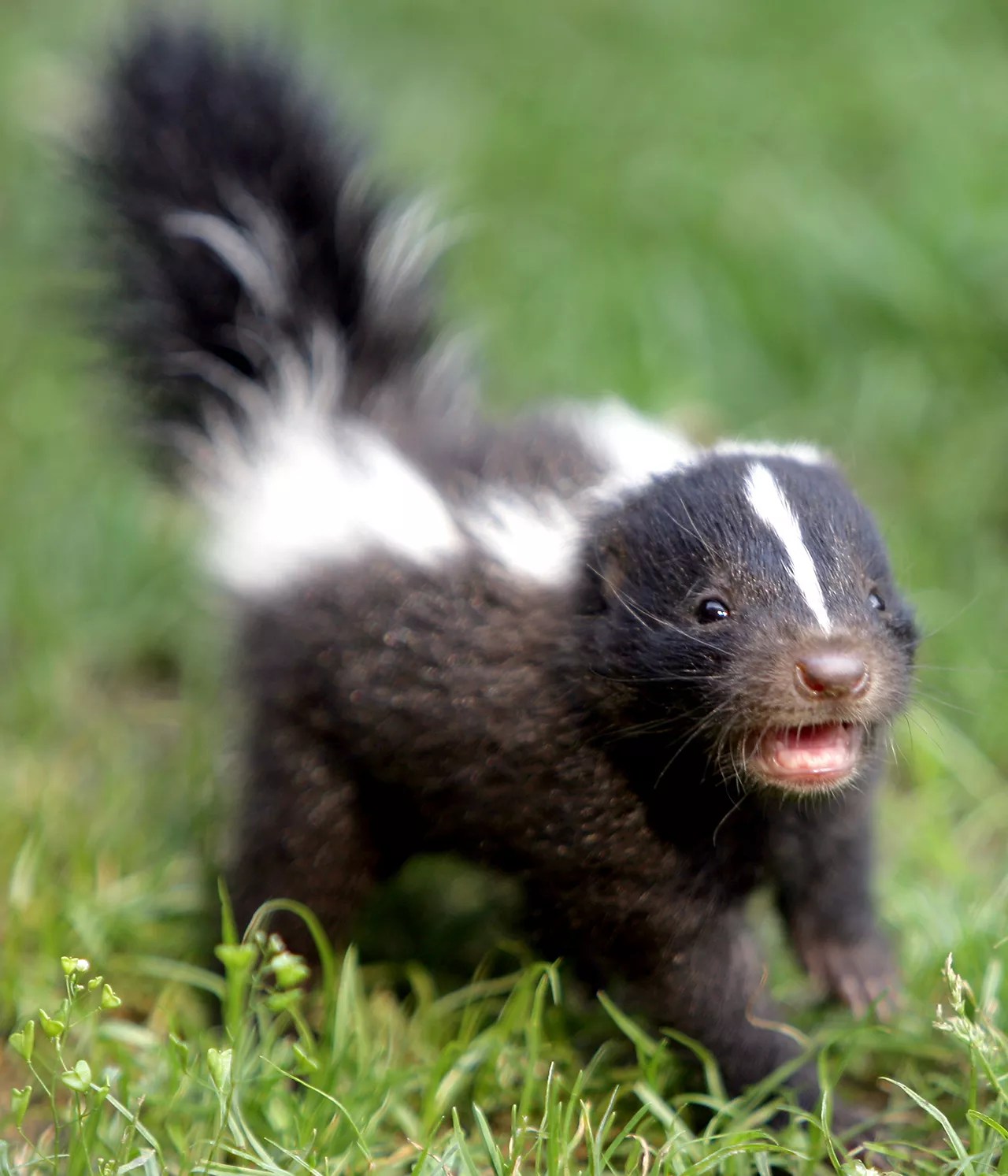
Getty Images
Skunks
Besides being dirty, rats also have a reputation for carrying rabies, as do raccoons, bats, foxes and even coyotes. But it’s skunks that are the real stinkers.
In the winter of 2018, Denver officials found a small battalion of nine rabid skunks in one smelly week in Denver.
If a rabid skunk or another diseased animal bites you – or if a bat even comes into contact with you – you’ll need to go through a series of painful and expensive shots.
If your pet is bitten by an animal that might have rabies, it can be quarantined for three months. To avoid that, Denver Animal Protection advises a booster rabies vaccination. “If the animal has never been vaccinated, then there is a ninety-day quarantine done at an animal shelter or licensed veterinarian boarding facility,” says Ettinger.
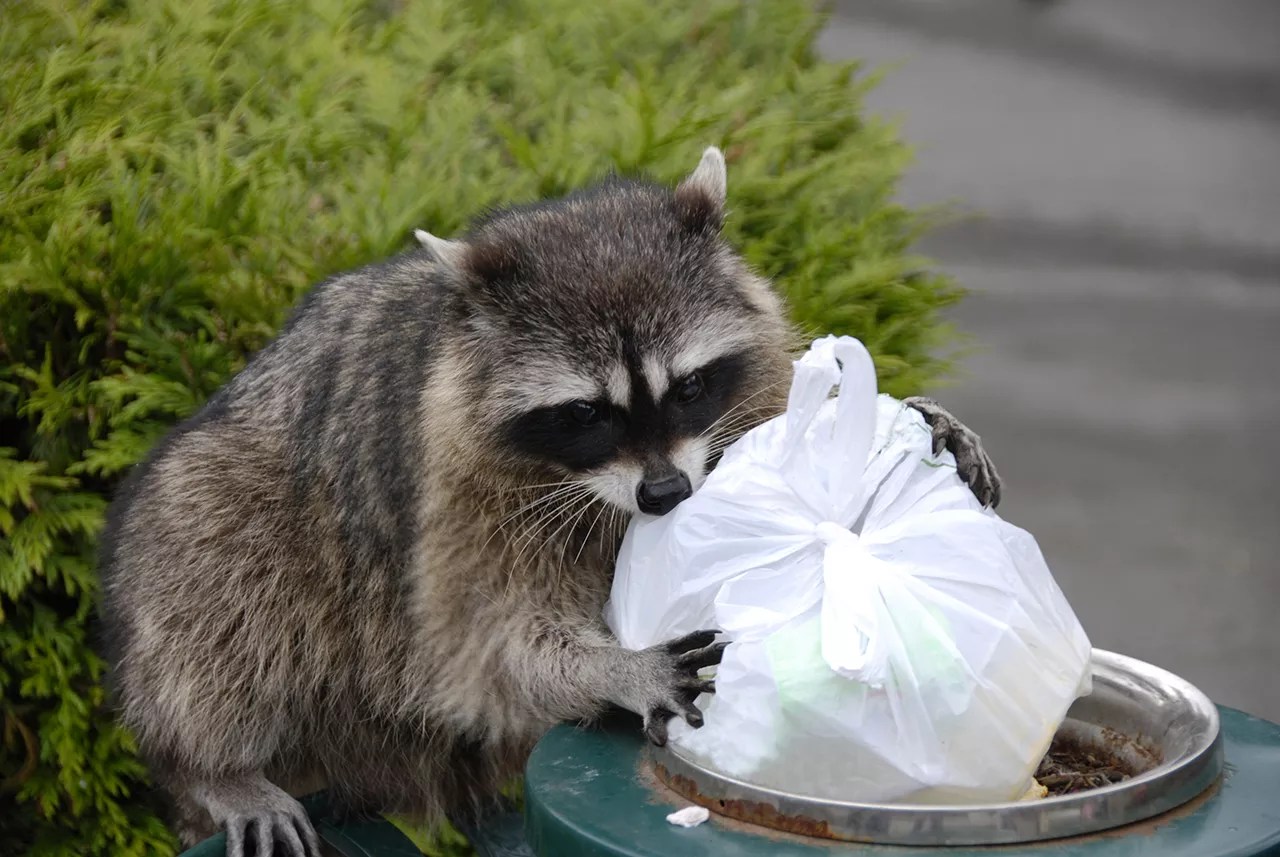
Getty Images
Raccoons
Raccoons are some of the most confident animals in Denver’s urban landscape. They’ll gladly go dumpster-diving when hunting for dinner. They’ll also go chill in back yards or form conga lines on fences, as they reportedly did in one man’s back yard near Overland Golf Course.
Aside from concerns about raccoons messing with garbage cans and bins, and the rare time a raccoon takes umbrage at a pet dog, raccoons are generally harmless. They do cause some issues, however, when they go into labor.
According to Ettinger, chimneys that aren’t capped are prime nesting territory for mama raccoons. They’ll typically hang out in the chimney for four to six weeks while nursing their newborns, then be on their way. If you don’t want them to return next mating season, consult with a wildlife control operator or an exterminator.
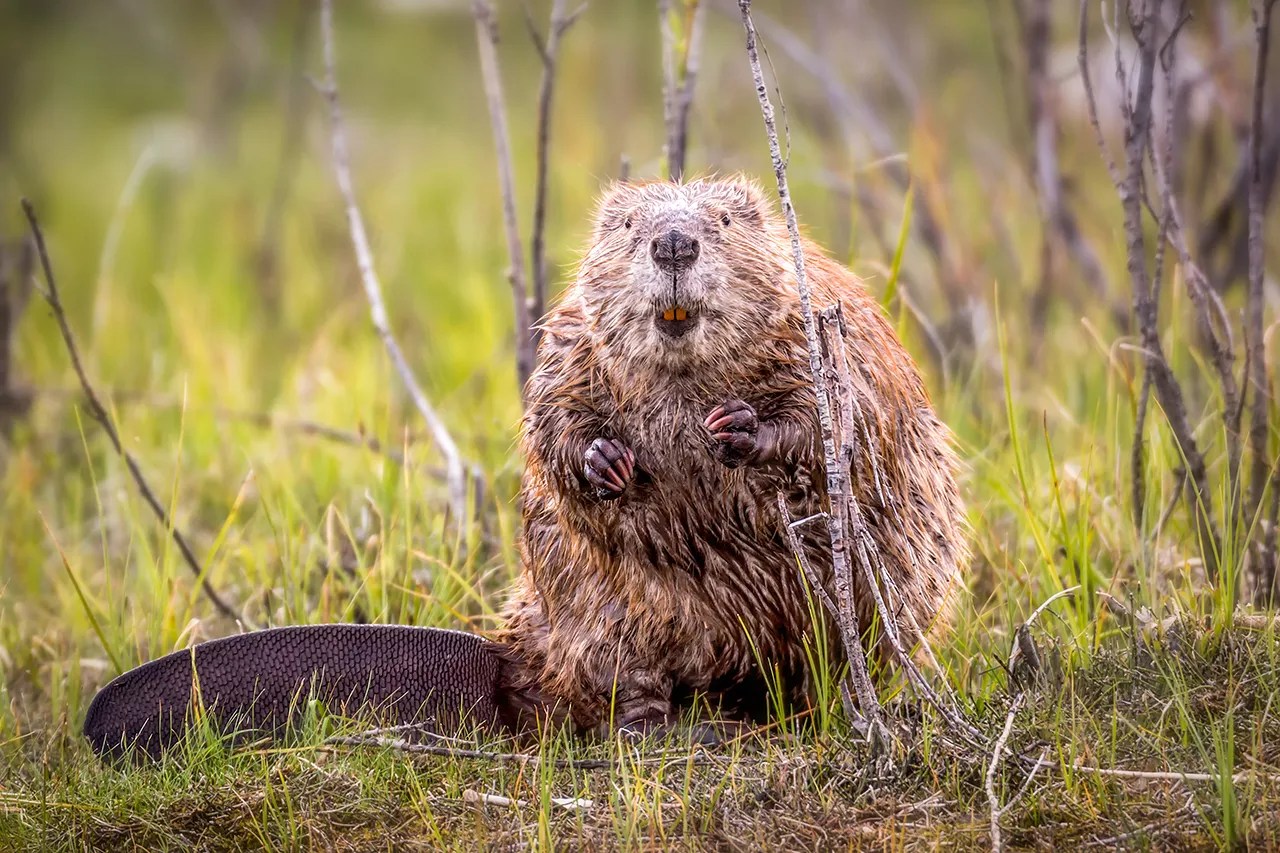
Getty Images
Beavers
Over the years, Denver has had some major beaver problems. The animals live along various waterways, but this city’s residents don’t always see them. That’s because “beavers are crepuscular, meaning they are most active at dawn and dusk,” according to the Greenway Foundation, which keeps an eye on the South Platte River.
In recent weeks, though, Denver officials have been dealing with a flooding problem along the Cherry Creek Bike Path clearly caused by beavers, which have dammed up parts of Cherry Creek. But Denver Parks and Recreation staffers don’t want to disturb the dam, since it will soon be mating season for beavers.
The city generally tries to avoid relocating beavers if it can; for decades, Colorado hairdresser Sherri Tippie, the top live trapper of the species in North America, would remove the unwanted animals. In recent years, Parks and Recreation staffers have taken to painting more valuable trees, such as cottonwood, willow and ash, with a half-and-half mixture of paint and sand to discourage beavers from chewing on them. The less important trees are fair game.
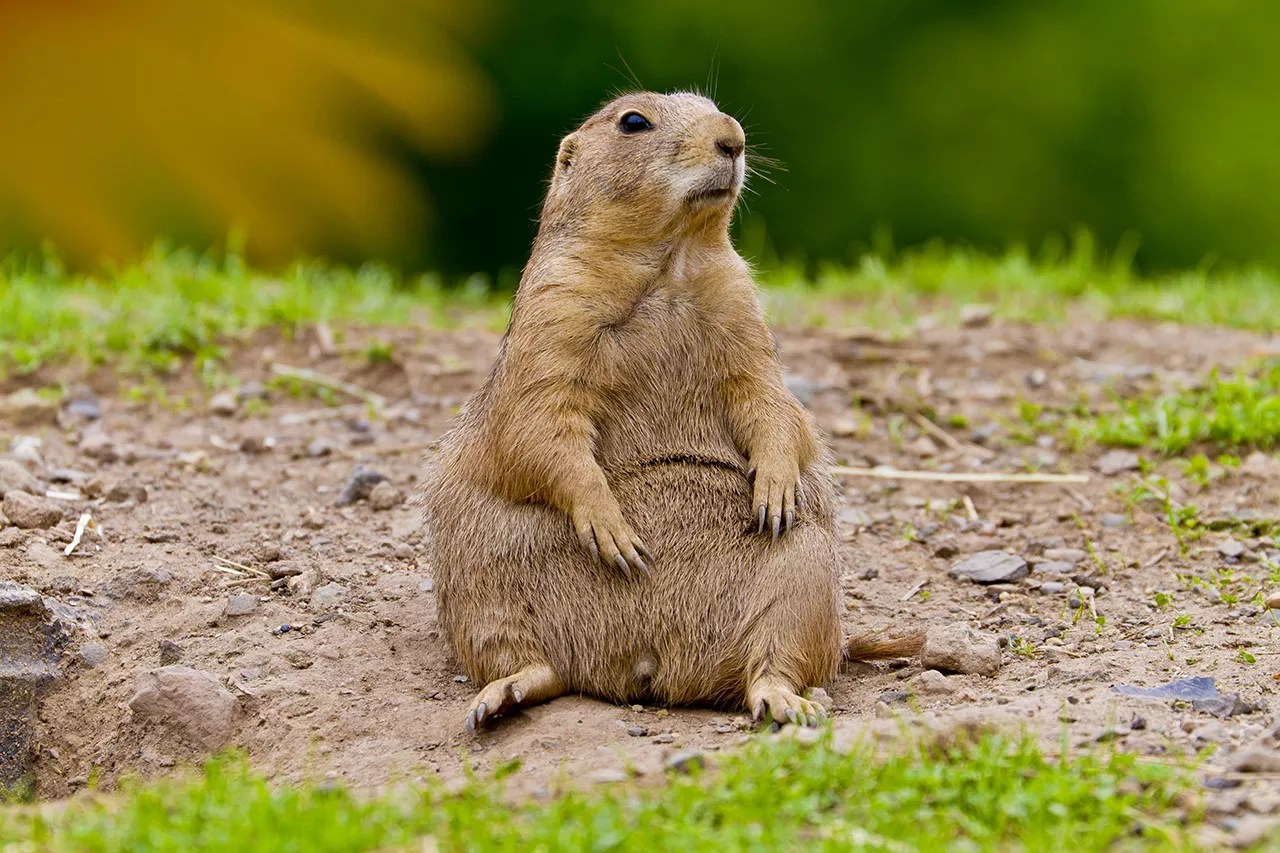
Getty Images
Prairie Dogs
At one point, North America was home to hundreds of millions of prairie dogs. But as the West has become more developed, the prairie dog population has shrunk by 95 percent, according to the World Wildlife Fund.
Prairie dogs are still common on the plains of Colorado, and they often pop up in the metro area, foiling those pesky developers. Drive through the Rocky Mountain Arsenal National Wildlife Refuge, and you can spot them next to the roadway.
Prairie dogs are special animals. They’re intelligent, communicate in an advanced form of squeaking, and have a mating season that lasts just one hour: very efficient.
But while prairie dogs may be adorable, smart and virile, they can also be a nuisance. Prairie dogs burrow in back yards, parks and those desirable potential development sites.
While other municipalities in the metro area have had major issues with prairie dogs, Denver has generally escaped this problem. The city either leaves the animals in place, or relocates them to a safe habitat. Although citizens with prairie dogs in their back yards have the same options, some choose to simply have them exterminated with poisonous gas. And in more rural areas, businesses offer prairie dog hunts.
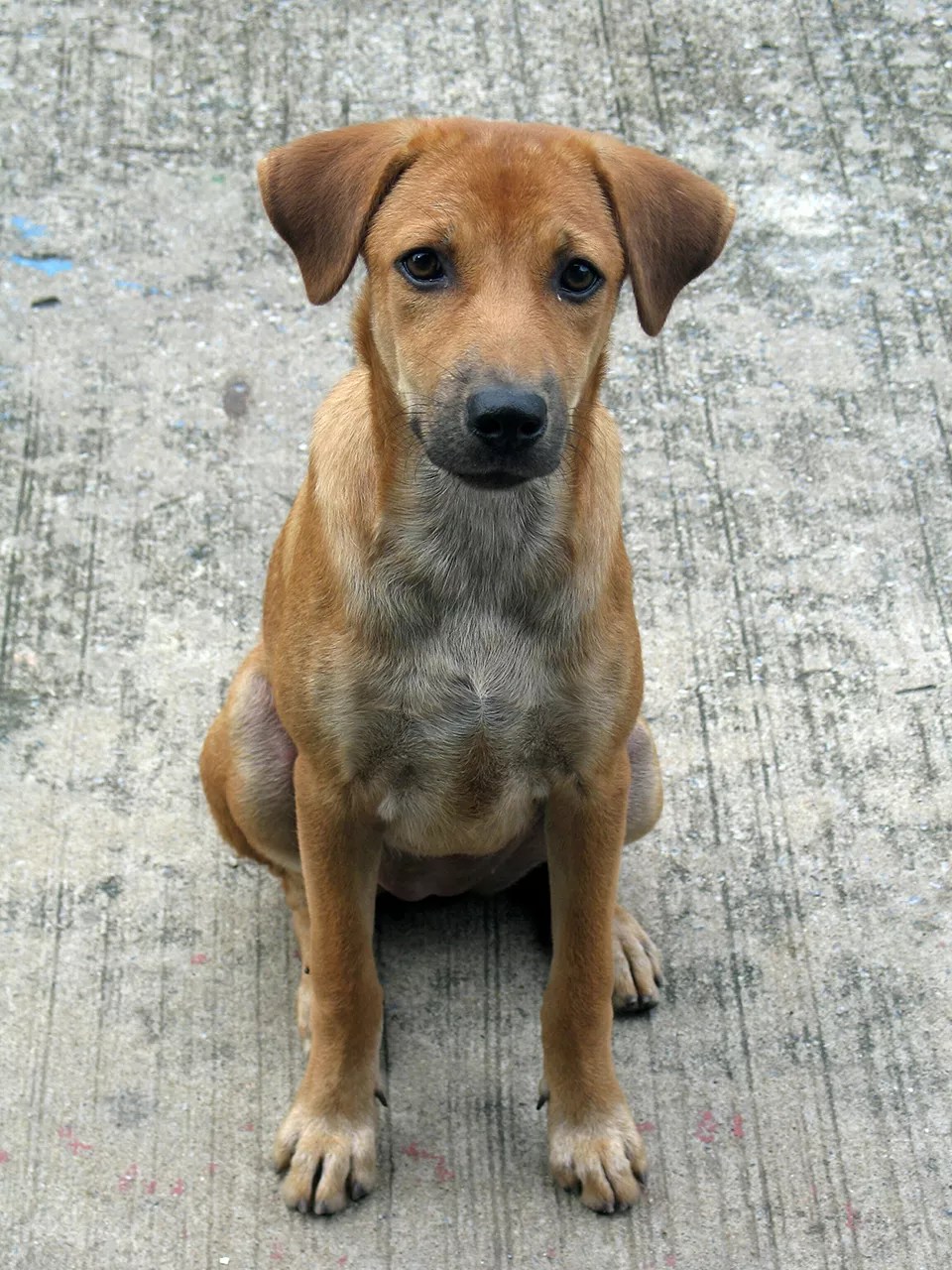
Getty Images
Dogs
Prairie dogs aren’t actual dogs. Denver definitely has its fair share of those, though: Officials estimate that residents of this city own a total of 161,000 dogs.
Denver is such a dog-loving place that some apartment buildings cater specifically to dog owners, and the canines are welcome in parks and on patios around town. Even so, some dogs wind up abandoned on the streets of the city. But they won’t go unhoused for long. About 10 percent of the calls that Denver Animal Protection receives are for loose or lost dogs. Officers always check these animals for microchips. If no chip can be found, the dog is taken to the city shelter.
The dog is then given a behavioral evaluation, and if it passes the test and doesn’t have any severe medical issues, it gets to stay in the Denver Animal Shelter, a no-kill facility. Denver doesn’t euthanize “for time or space,” according to Ettinger. If a dog has been in the shelter for a while without any owner claiming it or anyone appearing interested in adopting the animal, staffers will have it moved to a shelter in another county, to “give it a fresh set of eyes,” he says.
“Maybe someone is looking for a cattle dog, but not looking in Denver. You send it to Adams County and then they [end up finding] it there.”

Getty Images
Cats
Many of the cats in Denver are not housebroken. Metro Denver CAT helps manage the city’s feral cat population, and traps, neuters and then returns about 500 adult feral cats each year to Denver’s urban wildlife landscape.
“In the vast majority of cases, the vet finds [that adult feral cats] have good body condition and look to be healthy,” says Anna Murrin of Metro Denver CAT.
Some of the younger feral cats that the nonprofit picks up can even end up being adopted. “A kitten that was born outside, if it can be socialized at a young enough age, it can become social to people and be adopted as a pet,” says Murrin.
Denver Animal Protection isn’t required to respond to reports of wild cats roaming the streets, since there’s no ordinance that requires them to be leashed when outside. The only time officers respond to cat calls is when a cat is injured or sick, or there’s an animal-cruelty investigation.
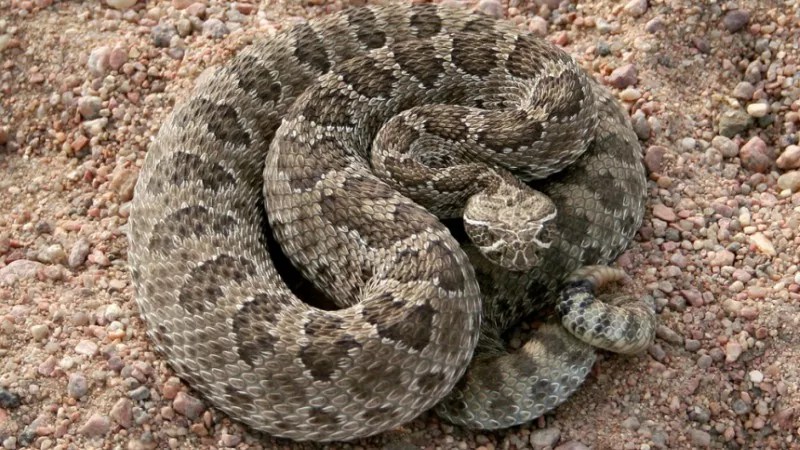
Colorado Parks and Wildlife
Snakes
There are plenty of snakes in Denver. Most are non-venomous, though rattlesnakes are frequently spotted in eastern parts of Denver, such as Green Valley Ranch, says Ettinger. But while most of the snakes here are non-venomous, some residents are still deathly afraid of them. “We can come relocate it if really necessary,” Ettinger acknowledges. Getty Images
Rabbits
This town is lousy with rabbits. “There’s a ton of wild rabbits in Denver,” says Ettinger. While the rabbit population dwindles when the fox population increases, people generally prefer bunnies to foxes. They’re also eaten by birds of prey, such as hawks. Getty Images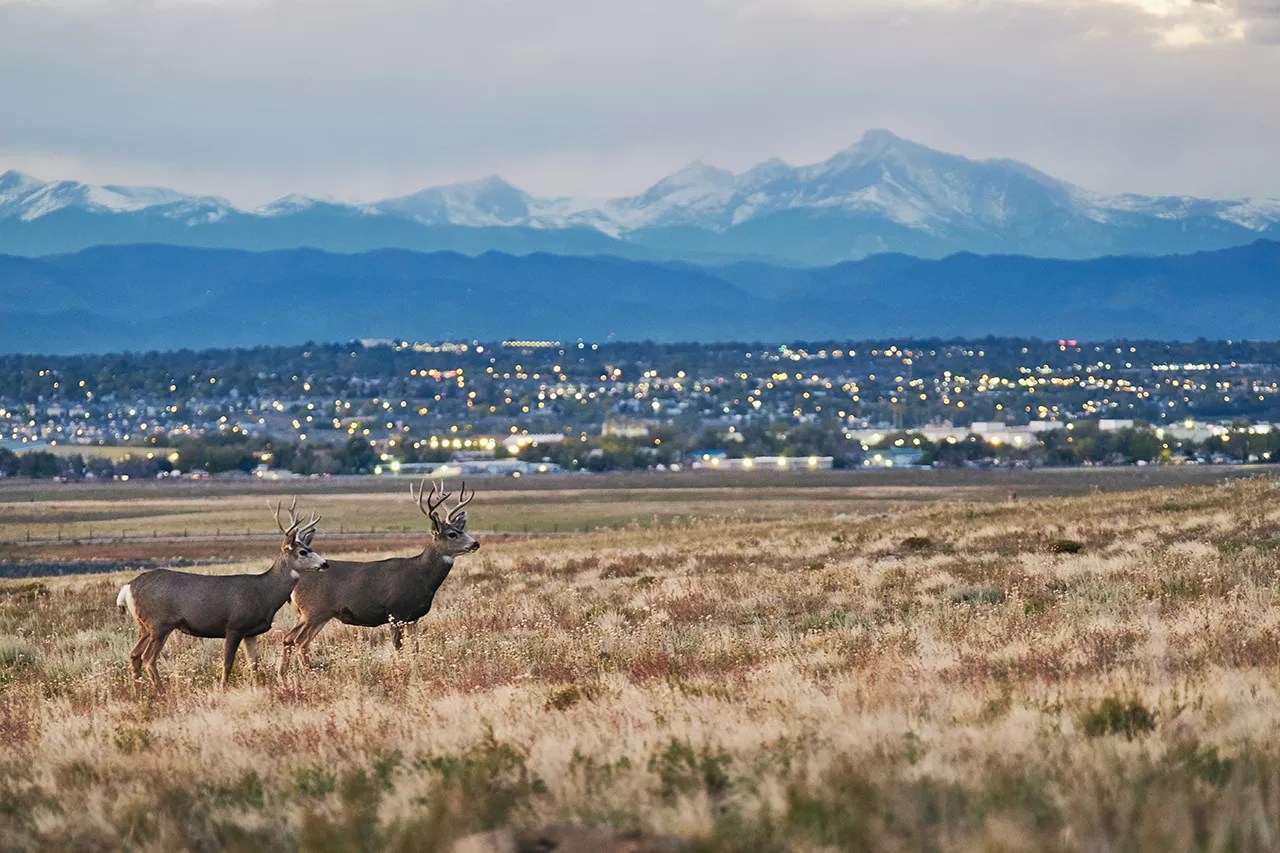
Actual Wildlife
Since Denver is surrounded by mountains and prairie, larger animals like deer and elk, even bears, sometimes land in our concrete jungle. In June 2018, for example, a young deer was spotted hanging out in the Capitol Hill neighborhood.
If you don’t want to interact with these animals, which is probably a good idea, the best way to avoid having them visit is to not feed them. “Intentional or inadvertent feeding is the major cause of most wildlife problems,” Colorado Parks and Wildlife warns on its website. “It is illegal in Colorado to feed deer, bighorn sheep, mountain goats, pronghorn, and elk.”